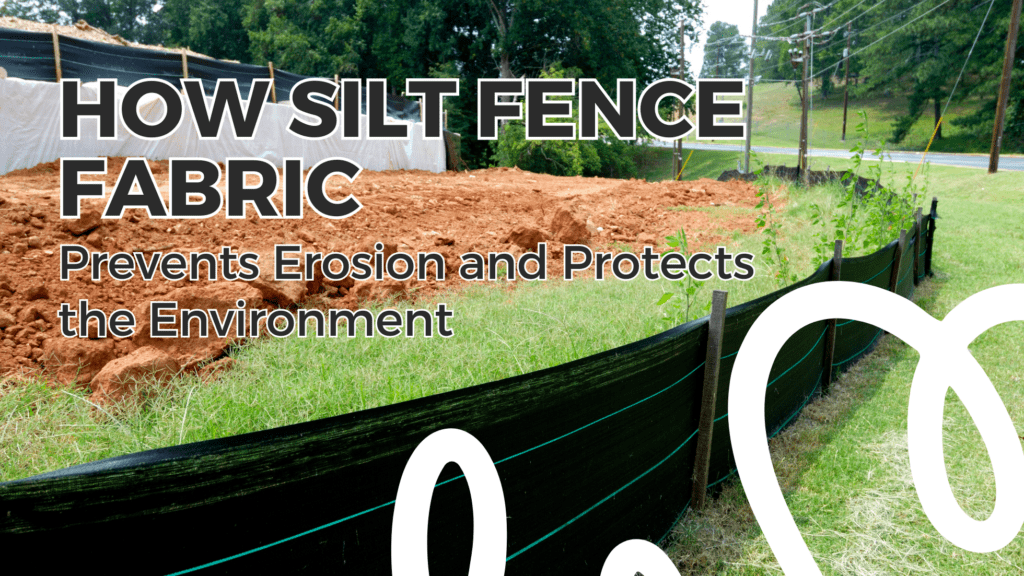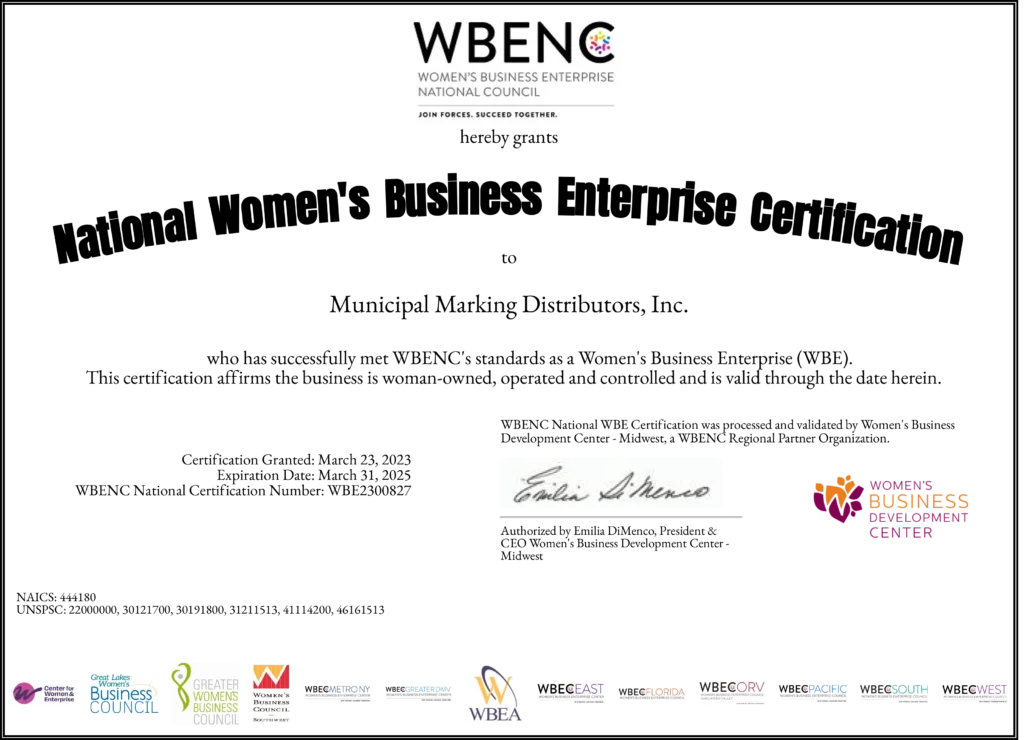
Erosion control is a critical concern for construction sites, infrastructure projects, and land development. Without proper measures, stormwater runoff can carry sediment into waterways, leading to environmental damage and regulatory issues. Silt fence fabric is a widely used solution to minimize soil displacement and keep job sites compliant with environmental regulations.
While simple in concept, silt fences must be installed and maintained correctly to be effective. This guide explains how silt fence fabric works, why it’s essential, and how to maximize its benefits for erosion control.
A silt fence acts as a temporary barrier designed to slow down stormwater runoff, allowing sediment to settle before it leaves the job site. The fabric, typically a woven geotextile, is staked into the ground and positioned to intercept water flow. While water can pass through the permeable material, soil and debris are trapped, preventing excessive erosion.
For added durability, wire-backed silt fence fabric reinforces the barrier, making it suitable for high-flow areas or extended use.
To ensure effectiveness, silt fence fabric must be installed correctly. Here are key steps to follow:
Choose the Right Silt Fence Fabric for the Site
Proper Installation for Maximum Efficiency
Maintain and Inspect Regularly
A well-installed silt fence fabric system is a simple yet powerful erosion control solution. By preventing sediment runoff, it protects waterways, supports regulatory compliance, and keeps job sites efficient. Choosing high-quality silt fence fabric and following best practices ensures optimal results.
Looking for durable silt fence fabric for your next project? Explore MMD’s selection of custom-printed, wire-backed, and pre-staked options to find the best fit for your site conditions.
RECEIVE 10% OFF
When you sign up for our newsletter
